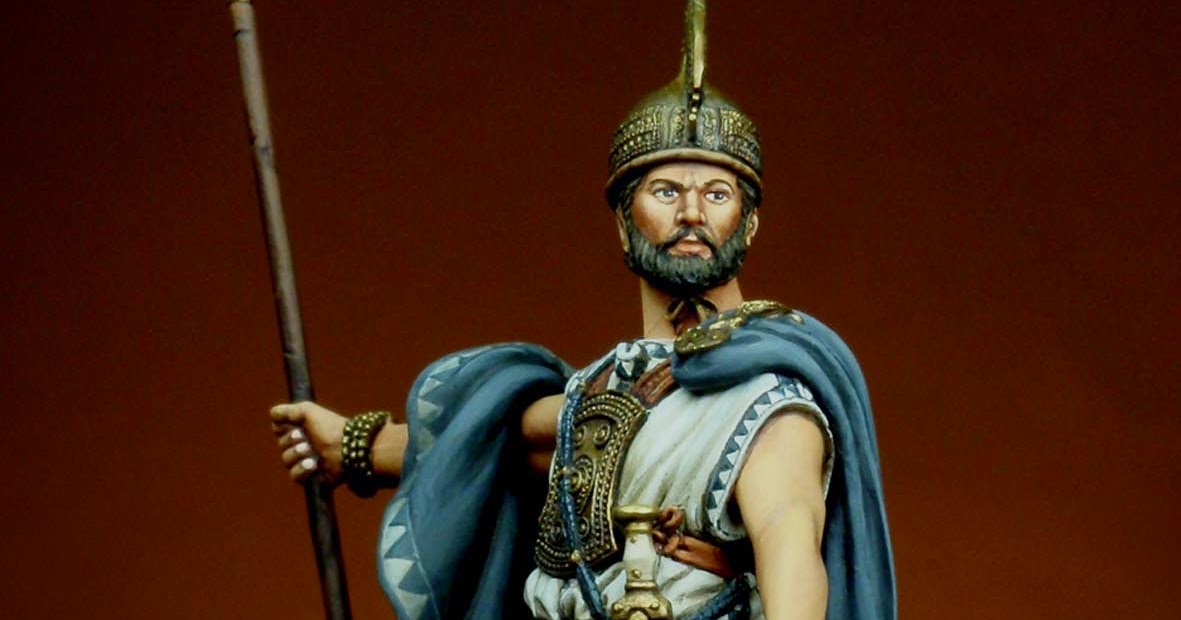

The triumphator appeared “arrayed in the triumphal dress and wearing armlets, with a laurel 031crown upon his head, and holding a branch in his right hand.” He called together the people, praised the gathered soldiers, distributed gifts and then mounted a tower-shaped chariot, where a slave held a crown over his head.

First, the soldiers proclaimed a victorious general imperator, and the senate decreed a triumph. The Roman historian Dio Cassius describes an early Roman triumph after which subsequent processions were patterned. In Greece, Zeus eventually supplanted Dionysus the shift probably occurred because of Zeus’s position as king of the gods. A bull was then sacrificed, and the king appeared as the god. 1 In the Athenian New Year festival, Dionysus, portrayed in costume by the king, was carried into the city in a formal procession, which culminated in a cry for the epiphany of the god (in Greek, thríambos in Latin, triumpe). It evolved from Etruscan and Greek ceremonies calling for an appearance, or epiphany, of Dionysus, the dying and rising god. The triumph was a celebration in which victorious generals and emperors paraded through Rome, putting their accomplishments on display for the populace. Roman contemporaries would have been familiar. But first let’s look at the triumphal march, especially the features with which Mark’s first-century A.D. Here we will examine more closely the crucifixion procession as described in Mark 15:16–39 (see the sidebar to this article).

In this way, Mark presents Jesus’ defeat and death, the moment of his greatest suffering and humiliation, as both literally and figuratively a triumph. Could this audience have understood the various allusions to the Hebrew Bible worked into Mark’s narrative? On the other hand, Mark’s contemporaries might well have grasped a pattern of meaning that has gone unrecognized by modern Bible commentators: In Mark’s gospel, the crucifixion procession is a kind of Roman triumphal march, with Jerusalem’s Via Dolorosa replacing the Sacra Via of Rome. Mark’s gospel was probably written for gentile Christians living in Rome. They select, arrange and modify material at their disposal to stress important themes-like the connection between Jesus and the Old Testament, the inclusion of gentiles in the kingdom and the nature of discipleship. April 05, 2018.Scholars have long recognized that the Evangelists do not simply report the events of Jesus’ life. The arch was restored about several times due to earthquakes and aging. There are other scenes on the arch such as Trajan’s arrival in Rome, the concession of Roman citizenship to the auxiliaries, Trajan welcomed by the Senate and the Roman People and the Equestrian order. On the frieze the relief displays Trajan’s march of victory over Dacia. On the inside panels the reliefs show Trajan being welcomed by the Capitoline Triad and Trajan in the Forum Boarium. On the outside panels the relief displays homage of the divinities of the province's countryside and founding of provincial colonies. The reliefs display a few moments in Trajan’s life. This arch has one single barrel-vaulted entryway which is 15.60 m high and 8.60 m wide and has reliefs sculptures in it as well.

This triumphal is in the form of roman imperial art. As far as size goes it stands at 15.6m in height and 8.6m in width. This triumphal arch is made of marble, so it was off white mostly and smooth, with a little wear to it because it’s so old. Even the inscription on the arch’s attic presents Trajan as “all things to all people”. Trajan is one of the great emperors of that ruled in old Roman times. It was built at the point where the road entered Benevento. It is a triumphal arch made in 114-118 C.E., commemorating emperor Trajan of Rome. The name of this object is called the Arch of Trajan which is in Rome. Arch of Trajan (triumphal arch with one barrel-vaulted entryway)


 0 kommentar(er)
0 kommentar(er)
